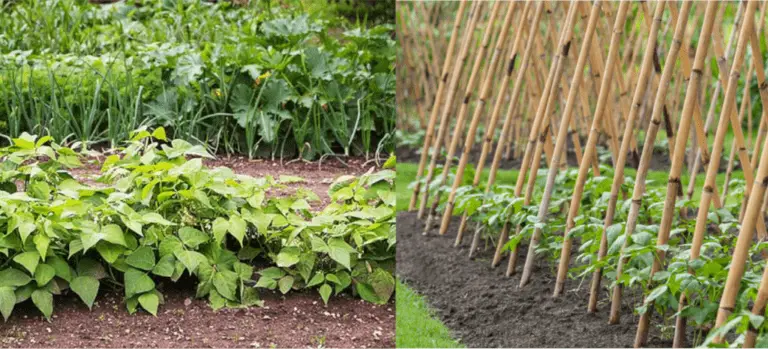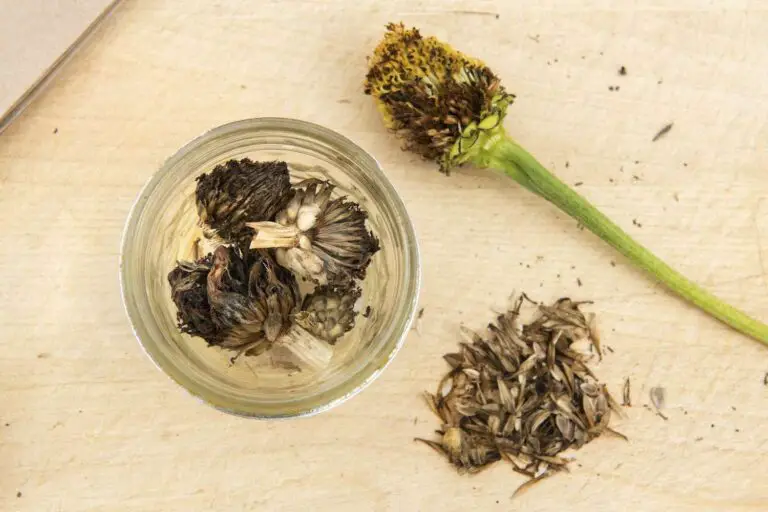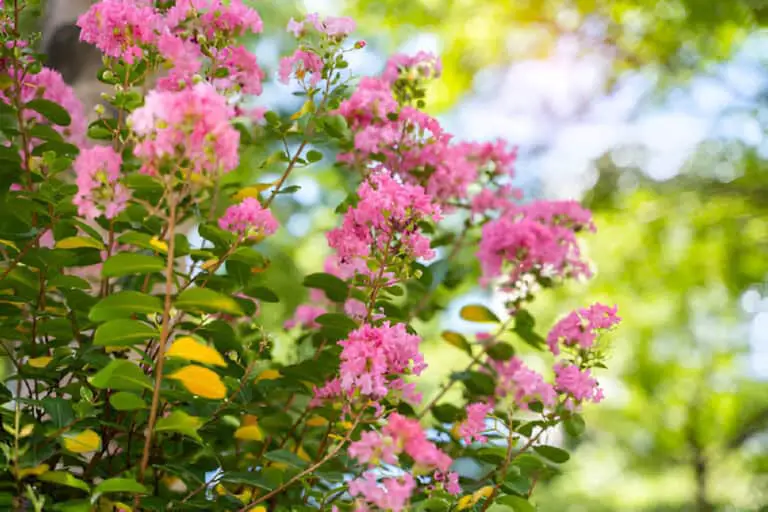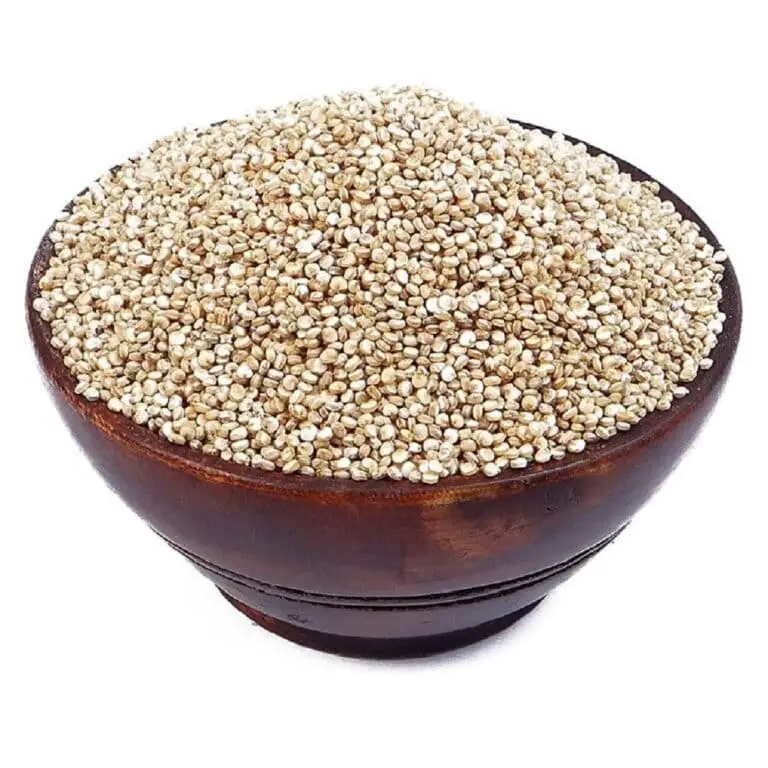How Far Apart to Plant Watermelons? How Much Spacing Area Needed?
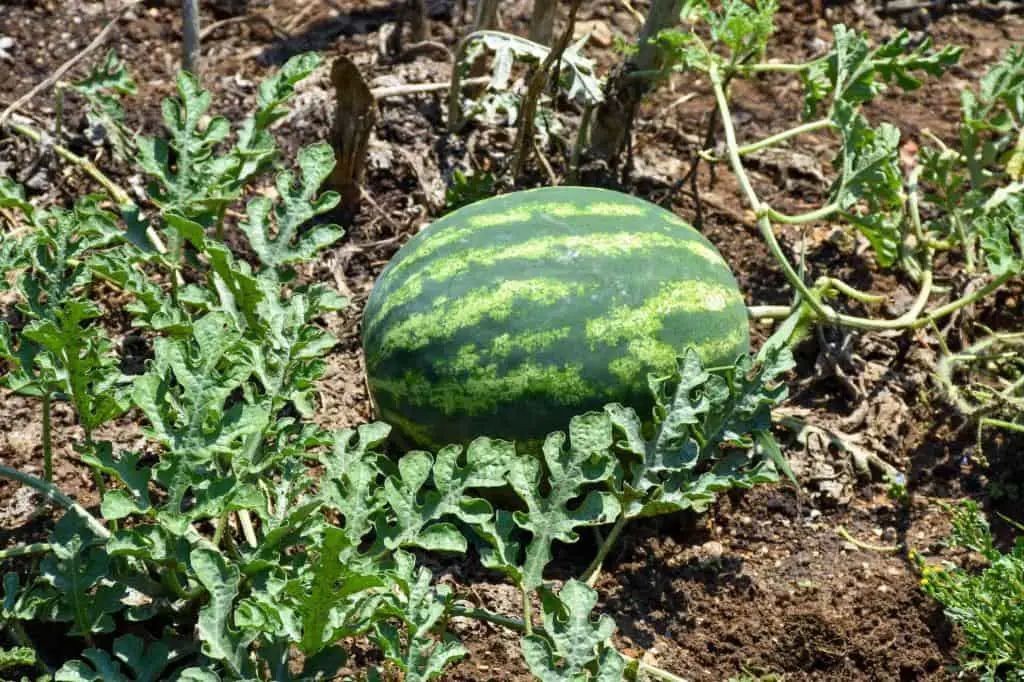
In the world of gardening, few fruits embody the essence of summer quite like watermelons. The mere thought of their crisp, sweet flesh and refreshing juiciness can transport you to warm, sunny days.
But here’s the catch: those picture-perfect watermelons you envision on your vines require more than just soil, sun, and water. They demand space, and knowing how far apart to plant them is the secret to a bountiful harvest.
In this horticultural journey, we’ll explore the intricacies of watermelon plant spacing—the unsung hero of melon cultivation. Picture it as a well-choreographed dance; each plant, a dancer on your garden’s stage, needs its own space to flourish.
We’ll unravel the art of perfect spacing, ensuring your garden is bursting with ripe and sweet watermelons. Whether you’re a seasoned gardener or just starting your green-thumb journey, this guide will equip you with the knowledge you need to maximize your watermelon yield and savor the fruits of your labor.
Why is Watermelon Plant Spacing Important?
Watermelons, with their lush green vines and hefty fruit, need room to thrive. Proper spacing is essential for several reasons:
- Nutrient Availability: Adequate spacing allows each plant to access essential nutrients, preventing competition and ensuring healthy growth.
- Air Circulation: Space between watermelon plants promotes good airflow, reducing the risk of fungal diseases.
- Sunlight: Watermelons require plenty of sunlight. Spacing ensures that leaves and fruit receive optimal exposure.
- Harvesting Ease: Properly spaced watermelons are easier to harvest, reducing the risk of damage to the fruits.
- Pest Control: Improved spacing can make it easier to spot and manage pests that may threaten your crop.
How Far Apart to Plant Watermelons
For optimum yields, plant watermelons 2 feet apart in rows, with rows spaced 5 feet apart. This gives one watermelon plant 10 square feet of space. Tighter spacing will result in smaller watermelons and less overall yield, and wider spacing will give larger watermelons with less overall yield.
The goal of most commercial farmers is to achieve high overall yields of marketable watermelon varieties. Different market options include big picnic watermelons with seeds, seedless watermelon varieties, small personal-sized watermelons, or yellow & orange-fleshed varieties.
So, what’s the magic number when it comes to watermelon plant spacing? While there’s no one-size-fits-all answer, here’s a rough guide:
| Watermelon Type | Row Spacing | In-Row Spacing | Hills/Plants per Acre |
| Bush-Type | 3-4 feet | 3-4 feet | 5,445-7,260 |
| Compact Vines | 5-6 feet | 5-6 feet | 2,722-3,630 |
| Standard Vines | 8-12 feet | 8-12 feet | 1,210-1,815 |
| Long Vines | 12-18 feet | 12-18 feet | 810-1,210 |
- Bush-Type Watermelons: These are the smallest and require the least space. They are ideal for smaller gardens or containers. Plant rows 3–4 feet apart, with the same spacing within the row.
- Compact Vines: For compact vines, you should aim for 5–6 feet between rows and the same distance within rows. These watermelons offer a balance between space-saving and yield.
- Standard Vines: The most common type of watermelon falls into this category. Allow 8-12 feet between rows and the same distance within rows. This spacing is suitable for most gardeners.
- Long Vines: If you’re growing watermelons with long vines, allocate 12–18 feet between rows and within rows. This wide spacing is best suited for extensive gardens or farms.
There are different types and varieties of watermelons, with the main three categories being divided by weight: personal less than 5 lbs., icebox 5–10 lbs., and picnic size >10 lbs.
How Far Apart to Plant Watermelons In a Raised Bed
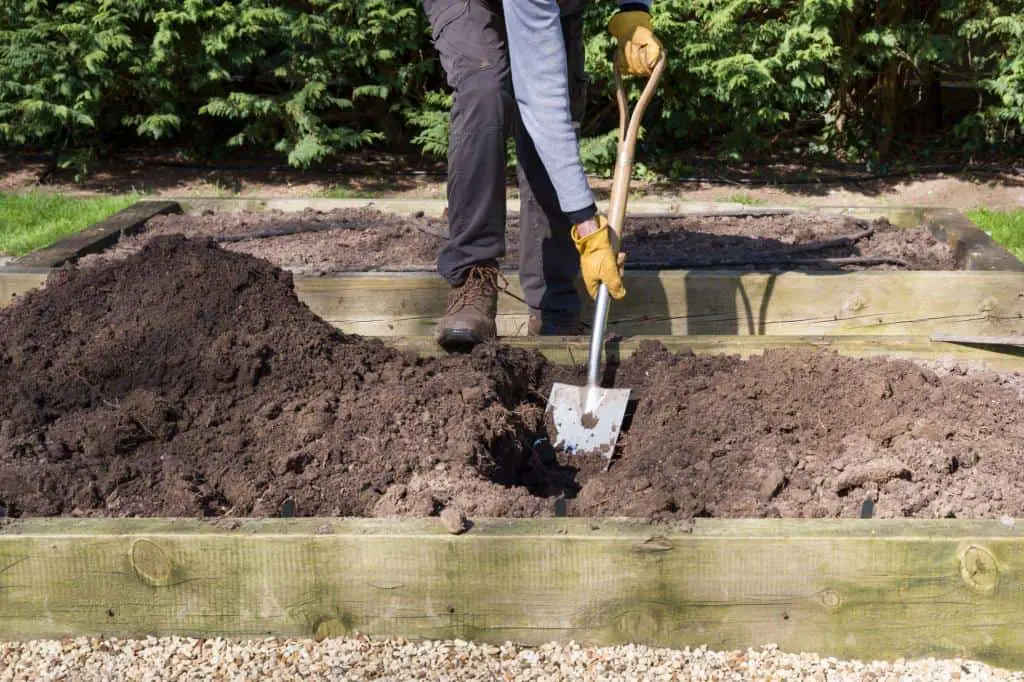
In a raised bed that measures 4’x 8′ plant watermelon plants every 2′ along the 8′ wall. So that would be four watermelon plants in a 32-square-foot bed, giving each plant 8 square feet of growing space.
There are bush watermelon varieties that are semi-vining plants more than bushes. These can fit into sections of four square feet, but there are fewer varieties to choose from than traditional vining watermelons.
This YouTuber planted four watermelon plants in a small 3-square-foot bed with a trellis on each side. Only two of the plants made it, but they covered the area well.
How Many Watermelons to Plant Per Container
You want to give watermelon plants 3-5 gallons of soil apiece. So if you have a 5-gallon container, plant one watermelon plant; if you have a 10-gallon container, plant 2-3 watermelon plants in it, and so on.
If you’re planting watermelon seeds, plant 2-3 seeds for every plant you want, and then thin down to 1 plant once the plants are about 4″ tall. Thin down by picking the most well-developed of the 3. If you’re transplanting, just plant one plant per spot.
If you have the space to let the watermelon vine sprawl out on the ground, it will grow well like that. If you don’t have the space, you can use a strong trellis next to the container and train the watermelon vine onto the trellis.
When growing a watermelon vertically on a trellis, there are two things to consider. One is that the tendrils of the watermelon vine are not strong enough to climb the support naturally, so garden ties of some kind need to be used to train the vine up it.
Next is the size of the watermelons.
As watermelons grow on the vine attached to the trellis, each fruit needs to be supported by a makeshift hammock attached to the trellis. Choosing a watermelon variety that produces small watermelons can make this easier.
You can use netting or any breathable material to support the weight of the watermelons so they don’t fall off the vine too early.
How Deep to Plant Watermelon Seeds
Plant watermelons seeds 1/2″ to 1″ deep outside, and in pots or starter trays, plant them 1/4″ to 1/2″ deep. When transplanting watermelon plants outside, plant the root ball 1/2″ under soil.
Water the seeds or plants gently from above, or if planted in a starter tray, from below.
How Plant Spacing Affects Watermelons
More space per plant will lead to plants producing more watermelons per plant that are bigger in size. Tighter spacing leads to smaller watermelons and less fruits per plant. In general, total watermelon yield by weight will be higher with tighter spacing.
Corn is an extremely important crop in the US and globally. Lots of studies have been done to increase corn yields.
Corn planted in the field will generally have one ear of corn per plant. But, corn plants on the edges of fields will often have multiple ears on them. This is because of increased access to sunlight, water, and nutrients.
More space makes for a corn plant with more ears of corn on one plant. Farmers have found out that tighter spacing with more plants will lead to greater overall yields. It’s the same for watermelons.
Read: How Does Seedless Watermelon Grow?
Watermelon Variety & Spacing
Look for bush variety watermelons to save on space. These grow more like a semi-vining plant than a bush. Bush-type watermelon varieties grow 2–5 feet long with foliage that is about a foot tall.
Some of the most popular watermelon varieties are available as a bush type including Jubilee, Sugar Baby, and Charlston Gray. If you want a wider selection of watermelon varieties but are tight on space, growing watermelon on a trellis can make that possible.
In the study by North Carolina State, they suggested that if you’re growing a variety that has small watermelons under 10 lbs., tighter spacing could be used. The study said “spacings as close as 0.45 m2/plant could be used.” This is a space of about 18″ x18″.
I don’t think I would try and grow a watermelon in that tight of space as a gardener because I’d worry that some of the plants would not produce fruit. What I take away from that is that if you don’t mind having small watermelons, you can use tighter spacing.
Planting Watermelons In Hills or Mounds
Sometimes gardeners like to plant things in mounds, especially vining plants. To make a mound, you move enough dirt to elevate a spot 8″ or so and at whatever diameter you want the mound to be. The benefit of mounded dirt is increased soil temperature and drainage, no puddles of water.
I’ve found that mounds do not use garden space as efficiently as rows because I end up with less plants in an area. To get the benefits of hills or mounds in a row, mound up dirt in a row.
Watermelon Spacing in Square Foot Gardens

Square foot gardens are a form of intensive gardening that divides a garden, usually raised beds, into individual square foot sections. This is commonly done literally with irrigation hose, wood trim, or metal wire sectioning off the raised bed into square foot sections.
Square foot gardening usually leads to better space use because you can see what square foot spots are underutilized and know your options for filling them. Square foot gardening commonly uses inter-planting with different plants in one bed and this is good to keep pest and disease of one plant from bothering a whole bed.
Square foot gardening uses recommended plant spacing to figure out how many of a given plant can go in one square foot. The recommended space between rows is thrown out the window.
A watermelon plant’s recommended spacing is 24 inches, so they are given four square feet per plant. If you use a trellis, a single watermelon plant can fit into a square foot. Here are some other examples.
| Plant | # of Plants Per Square | Space Between Rows |
| Baby Leaf Spinach | 32 | N/A |
| Carrots | 16 | N/A |
| Turnips | 9 | N/A |
| Beans | 6 | N/A |
| Celery | 4 | N/A |
| Lettuce Head | 2 | N/A |
| Peppers | 1 | N/A |
| Melon | 2 squares per plant | N/A |
FAQs on How Far Apart to Plant Watermelons
What happens if you plant watermelons too close together?
When watermelons are planted too close together, they compete for resources like water, nutrients, and sunlight. This can lead to stunted growth, small fruits, and an increased risk of diseases due to poor air circulation.
Can you plant watermelons in a raised bed?
Yes, watermelons can be successfully grown in raised beds, provided the beds are wide enough to accommodate the spread of the vines. Raised beds offer improved drainage, which can prevent waterlogging and root rot.
How deep should I plant watermelon seeds?
Watermelon seeds should be planted about 1 inch deep. Planting them too deep can delay germination, while planting them too shallow may expose them to environmental stress and damage.
What is the best time to plant watermelon?
The best time to plant watermelon is when the soil temperature consistently reaches at least 70 degrees Fahrenheit. This typically occurs in late spring to early summer, depending on the specific climate and geographical location.
How much sun do watermelon plants need?
Watermelon plants require full sun exposure, ideally around 6-8 hours of direct sunlight daily. Insufficient sunlight can lead to poor growth, delayed fruiting, and smaller fruit size.
What is the average yield per plant for watermelons with proper spacing?
The average yield per watermelon plant with proper spacing can range from 2 to 4 watermelons, depending on the specific variety and growing conditions.
Can watermelon plants be grown in containers indoors?
Yes, watermelon plants can be grown in containers indoors, provided the containers are large enough to accommodate the deep root system. Choose dwarf varieties or those specifically bred for container gardening.
How often should watermelon plants be watered during different growth stages?
Watermelon plants should be watered consistently, providing approximately 1-2 inches of water per week during the growing season. Adjust watering frequency based on soil moisture levels and weather conditions.
What are the signs of nutrient deficiency in watermelon plants due to inadequate spacing?
Signs of nutrient deficiency in watermelon plants due to inadequate spacing include yellowing leaves, stunted growth, poor fruit development, and increased susceptibility to pests and diseases.
How can trellising be beneficial for managing watermelon plants with limited spacing?
Trellising can help manage watermelon plants with limited spacing by providing support for the vines, allowing them to grow vertically. This conserves space, prevents overcrowding, and facilitates better air circulation, reducing the risk of fungal diseases.

